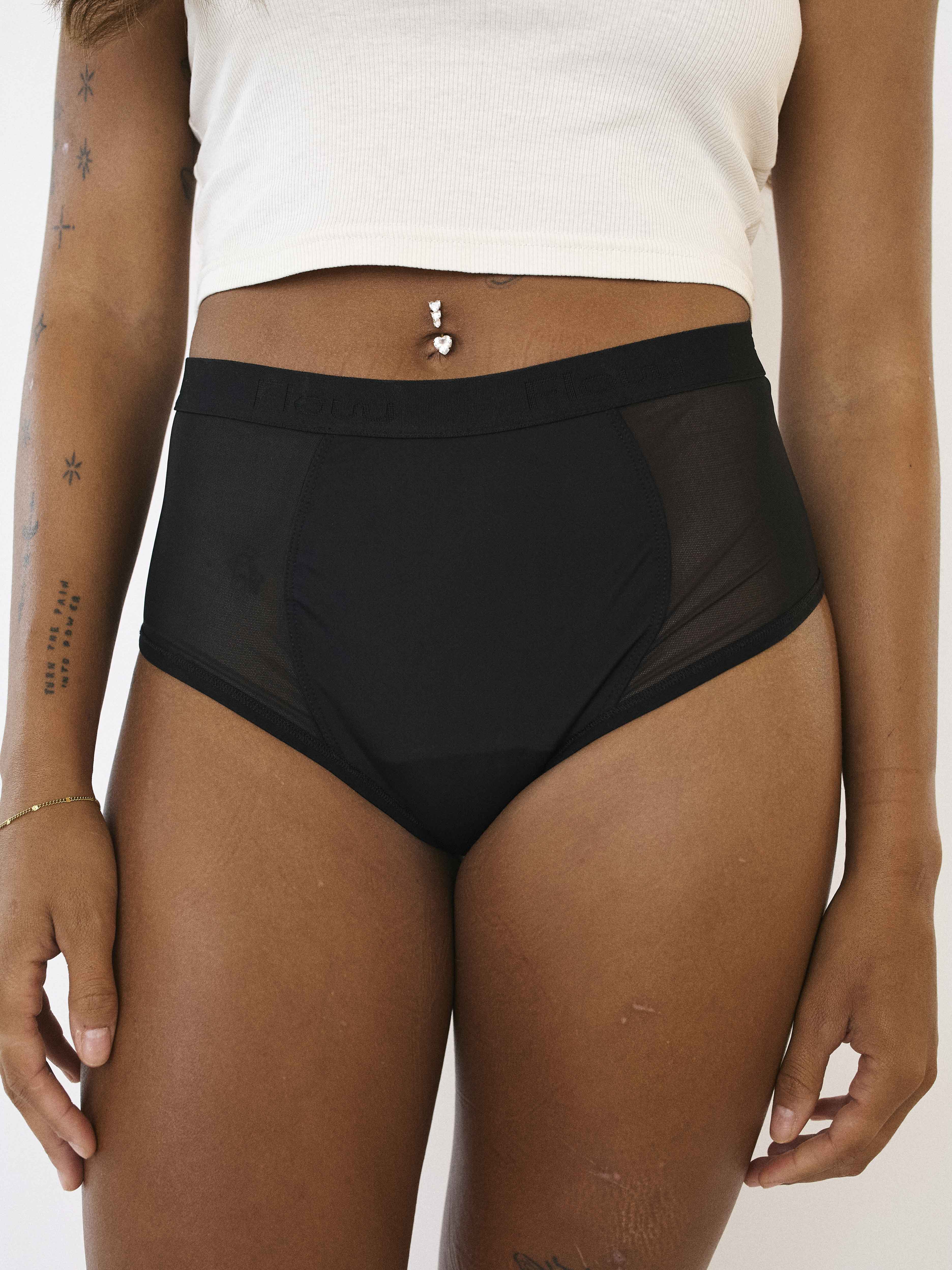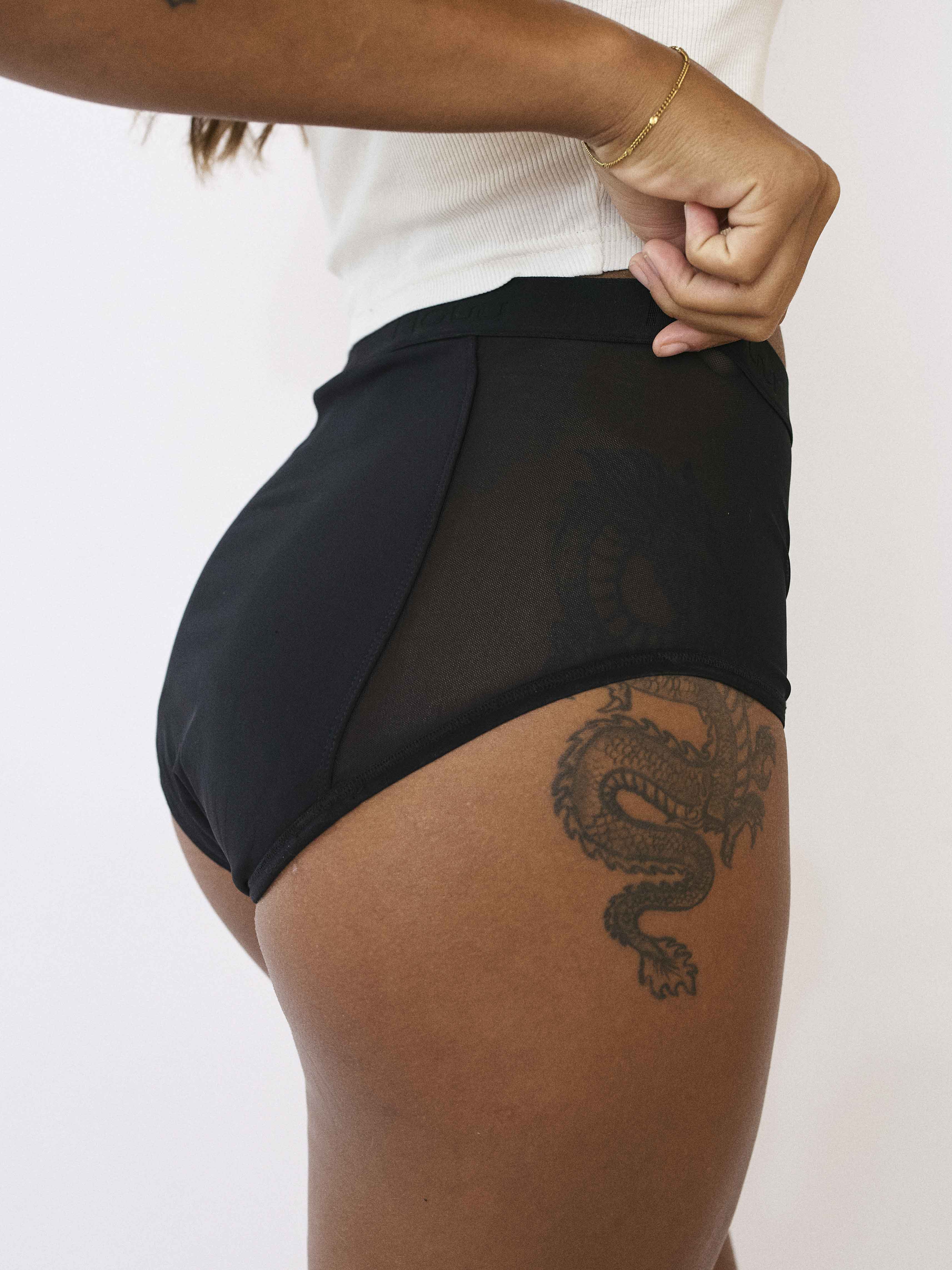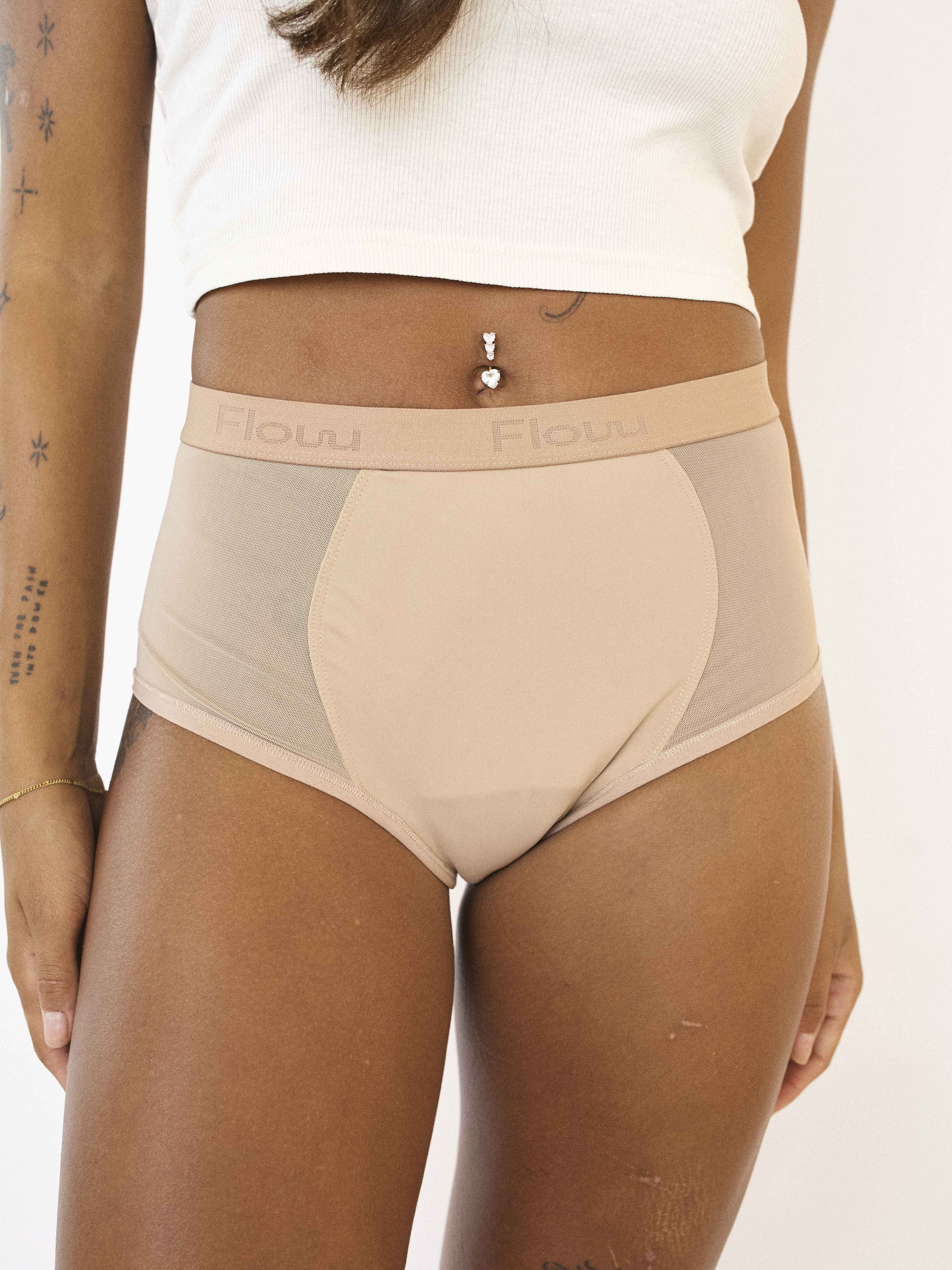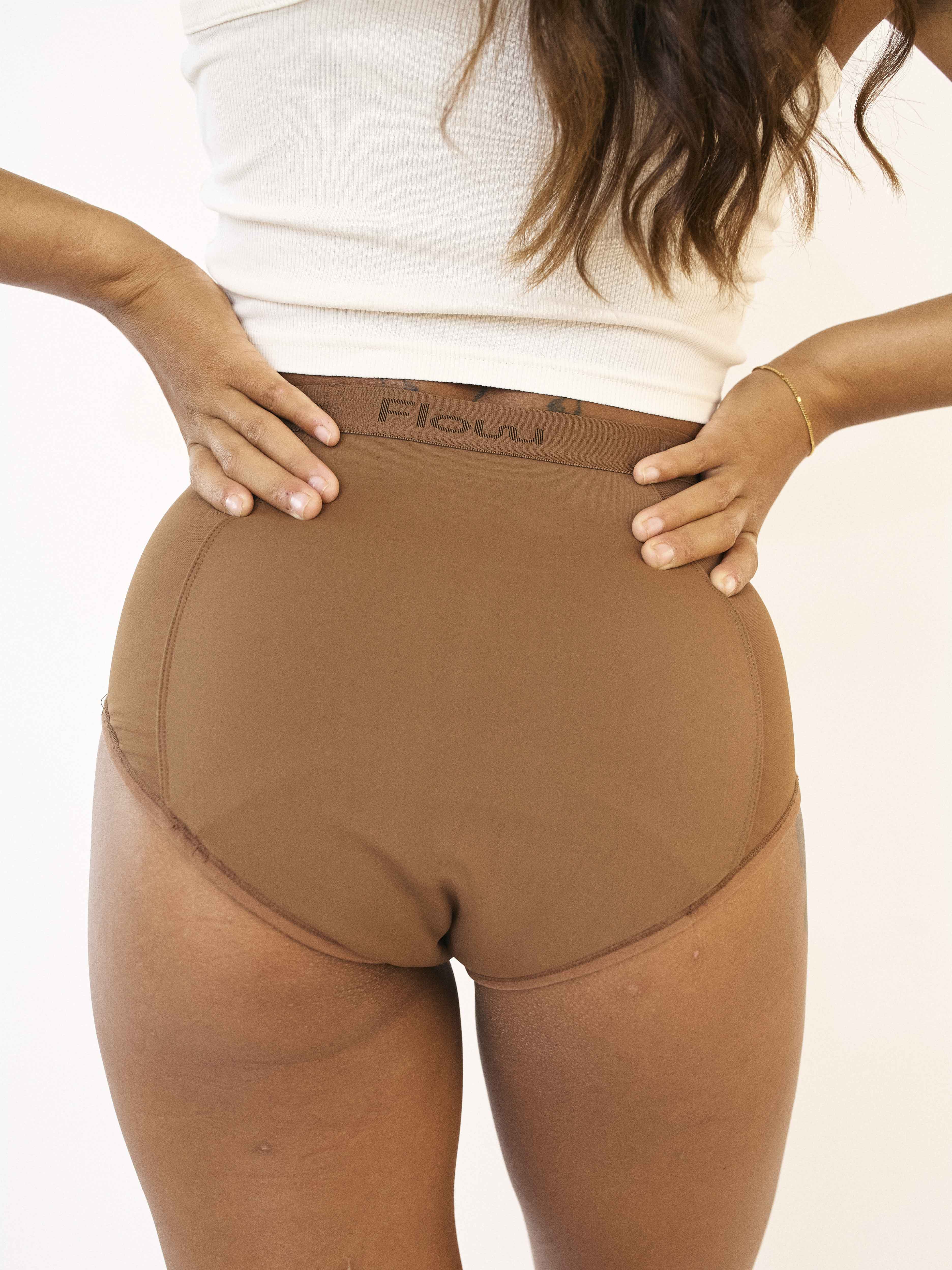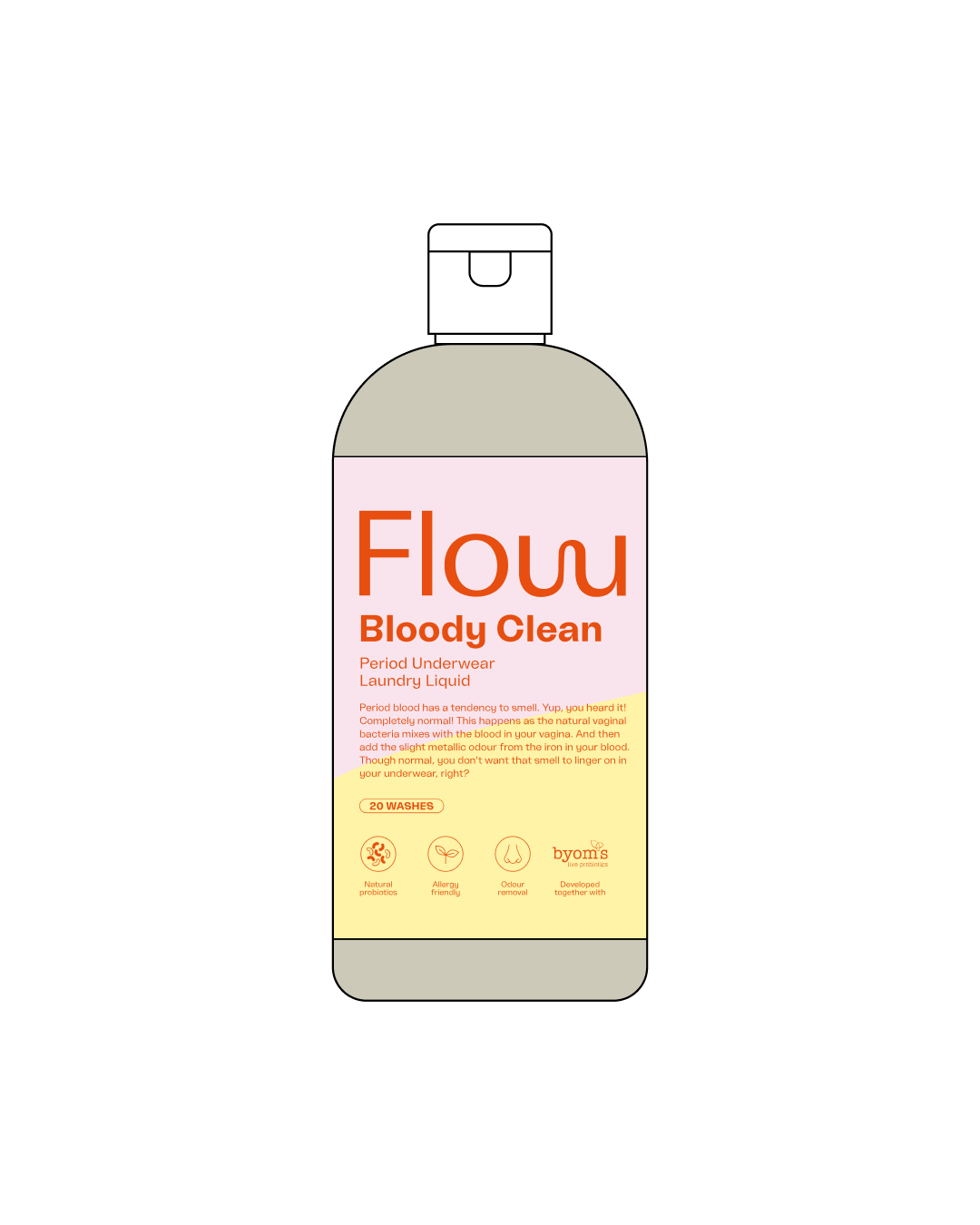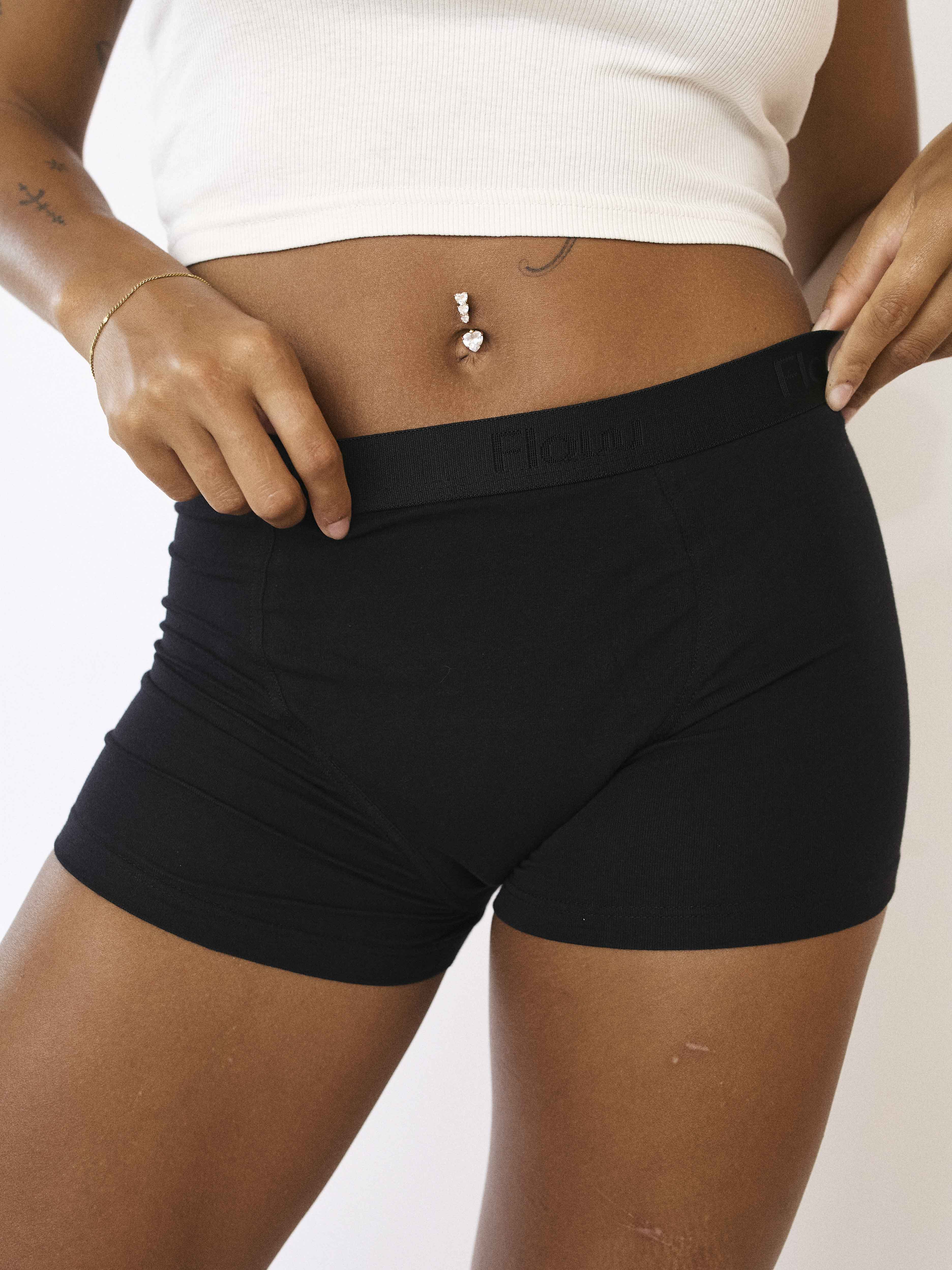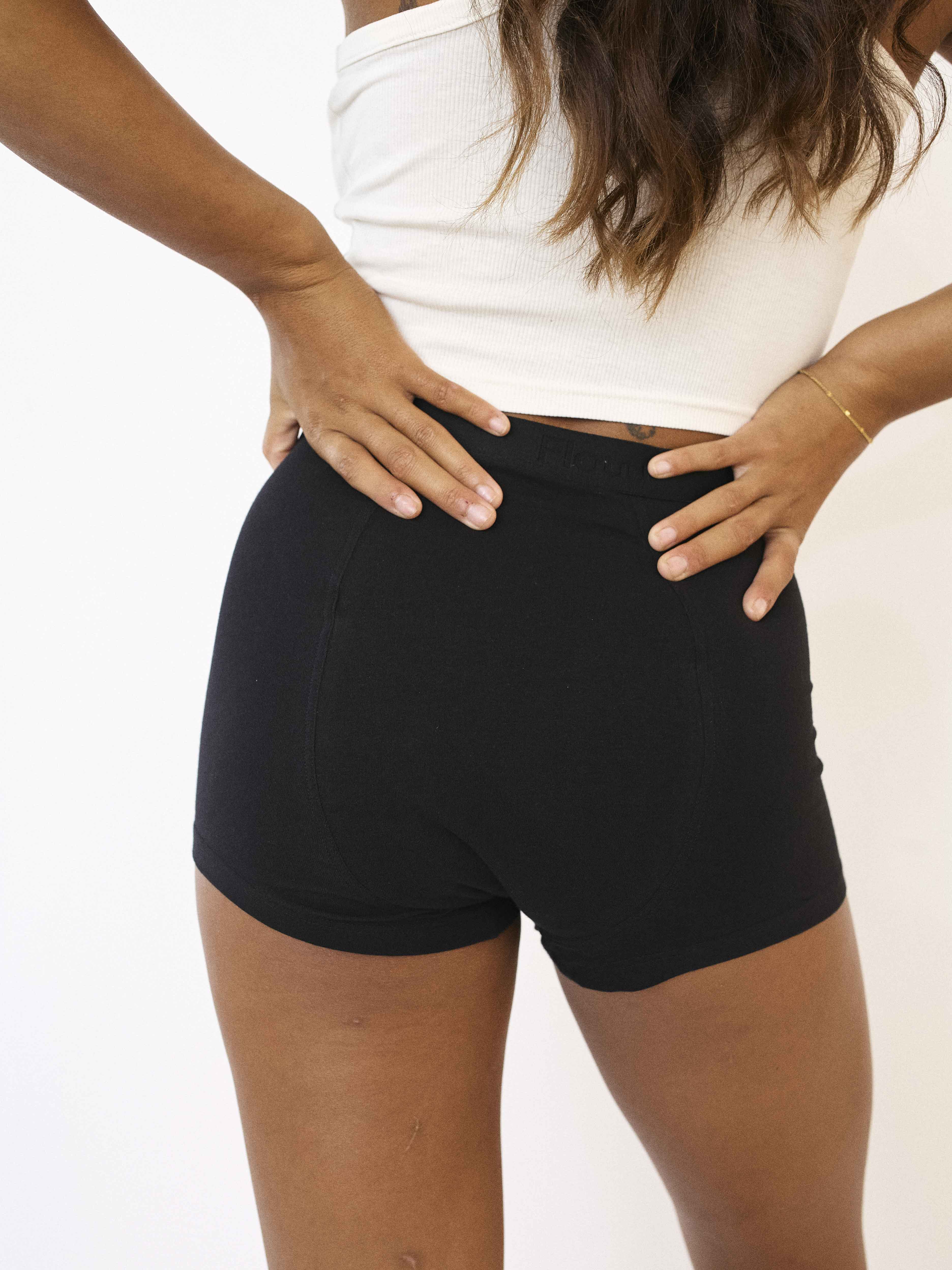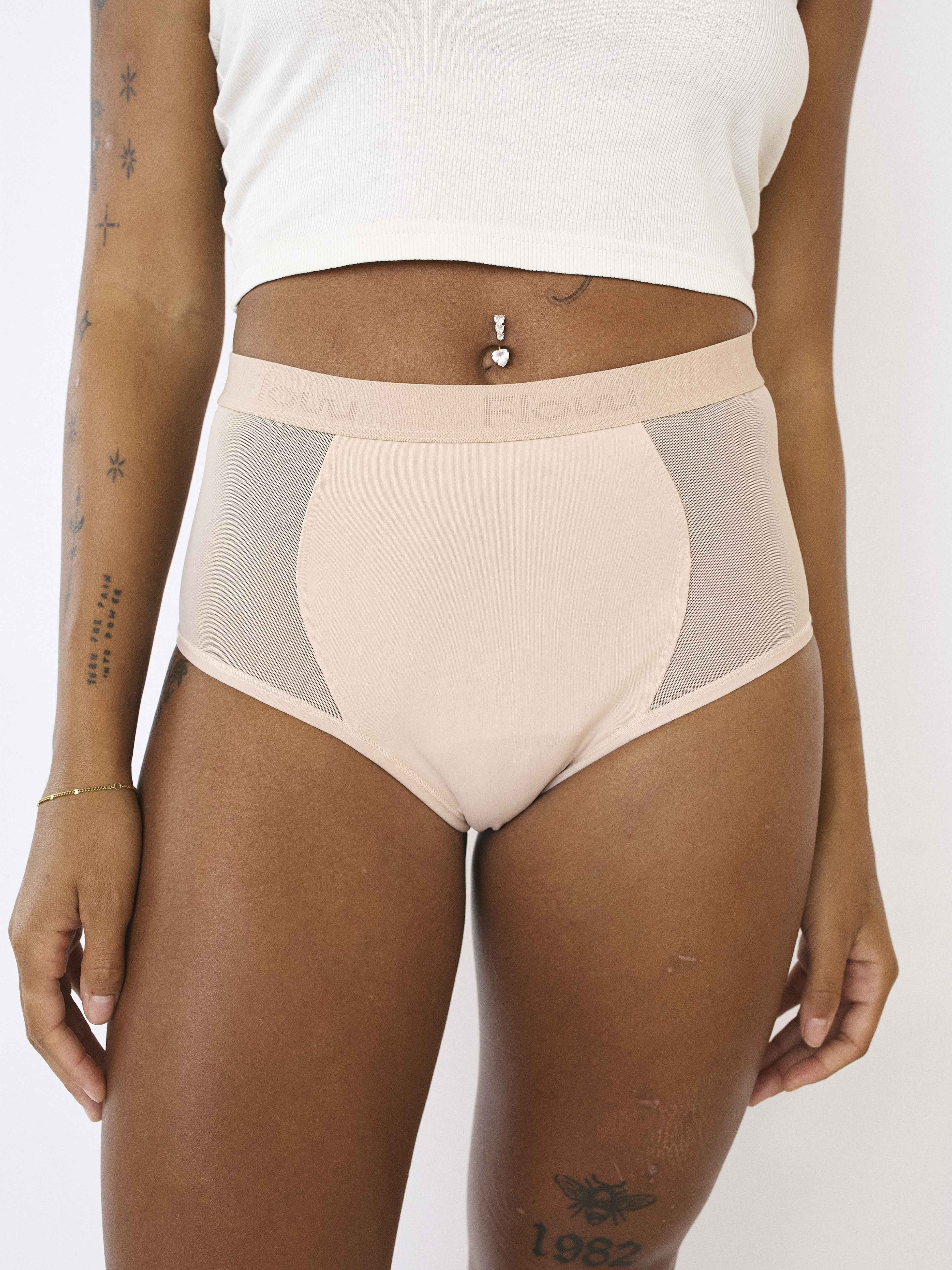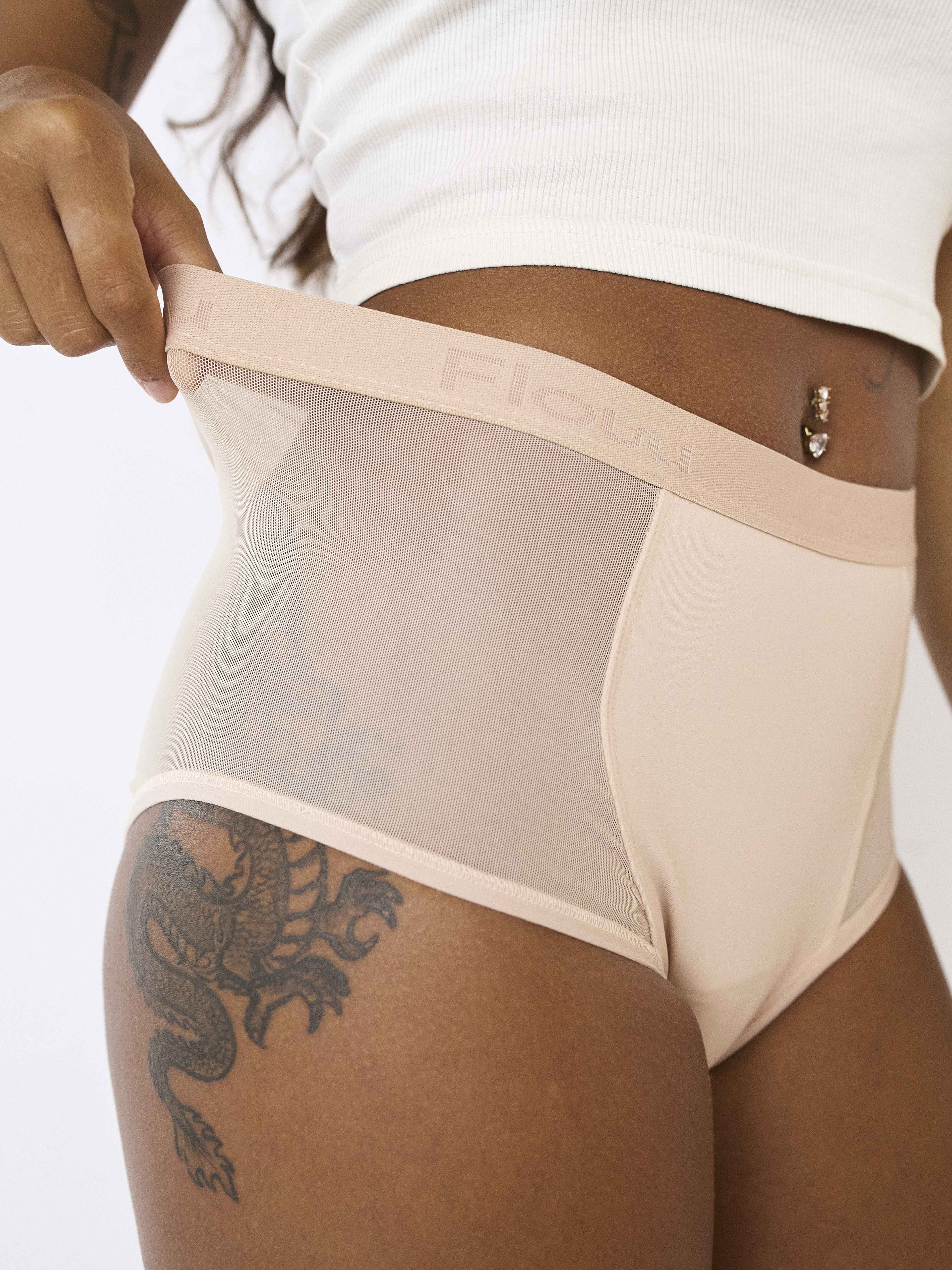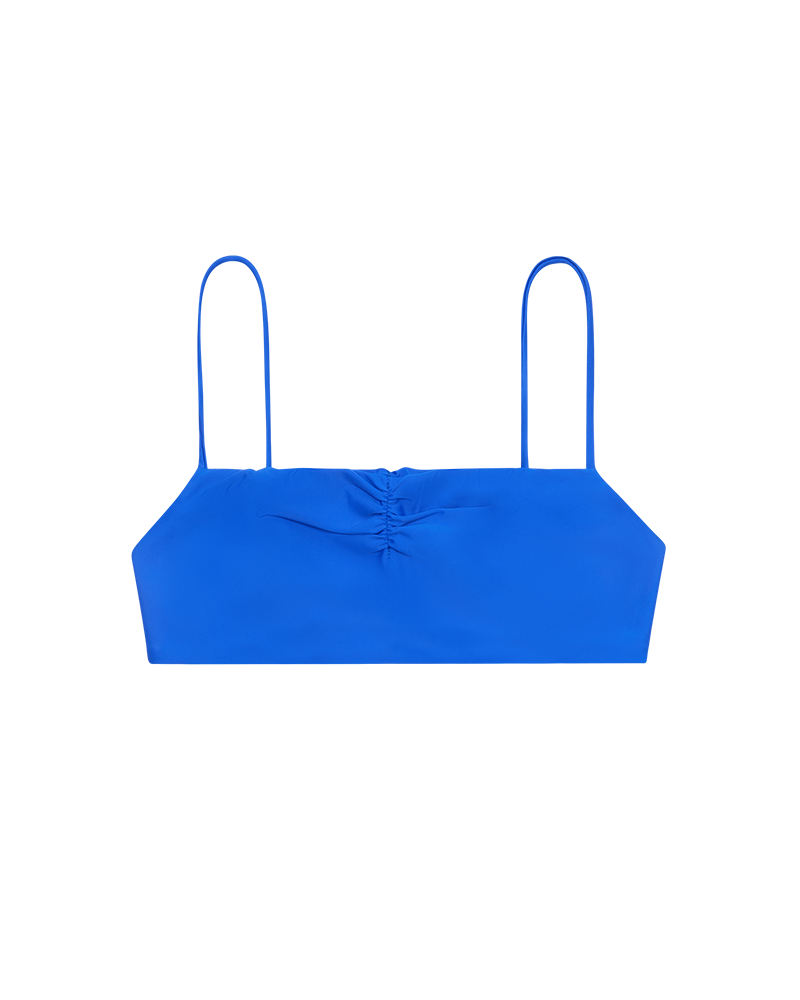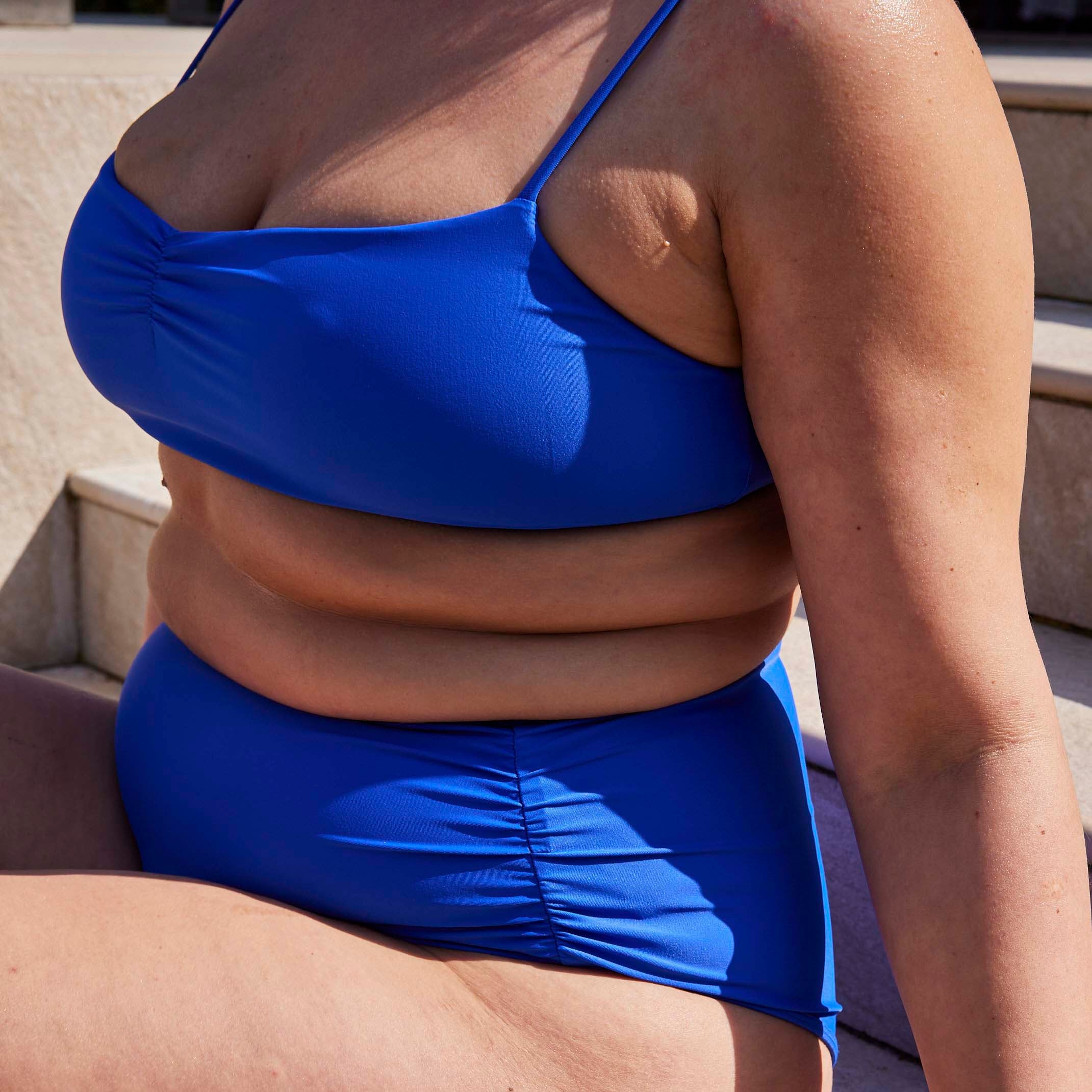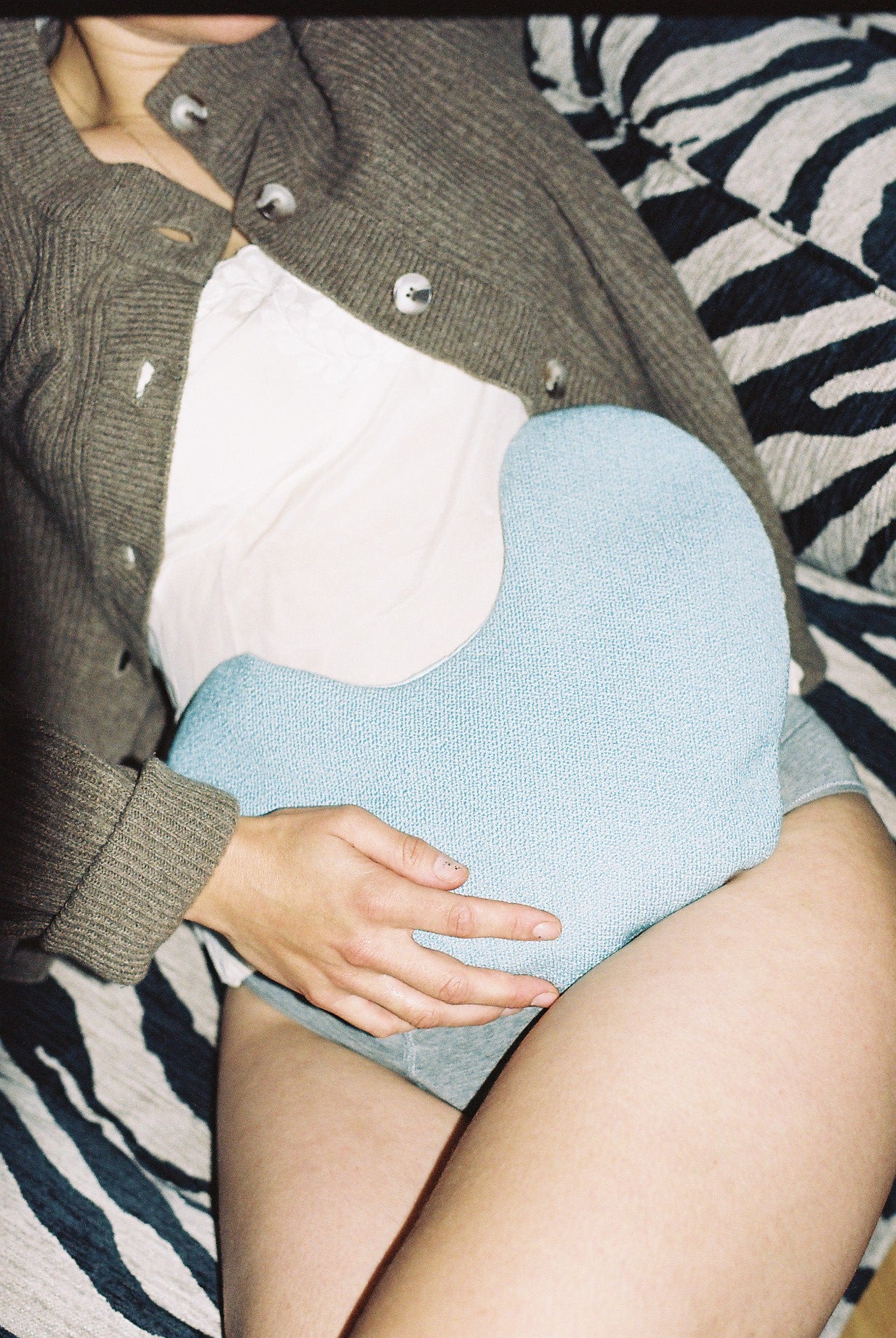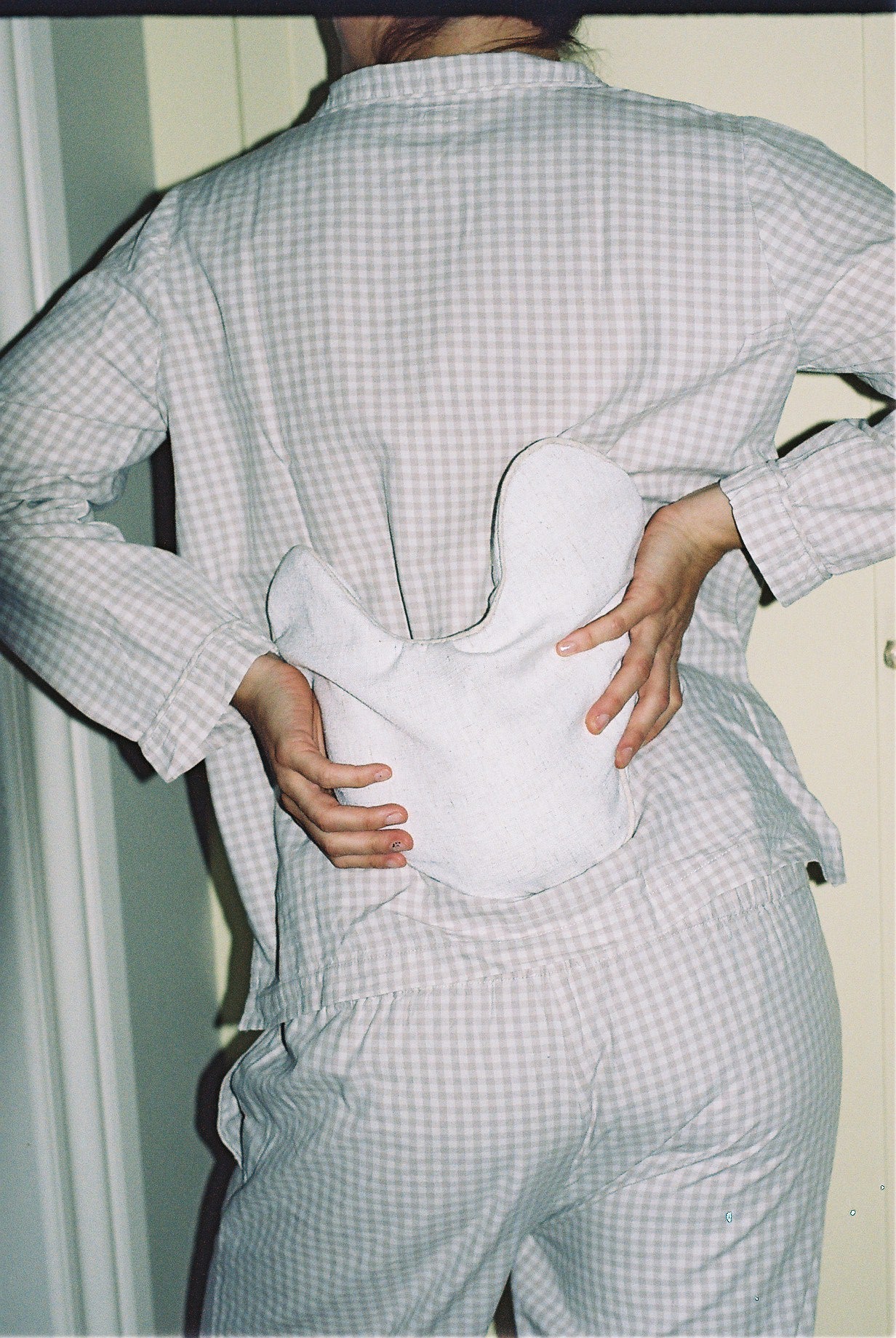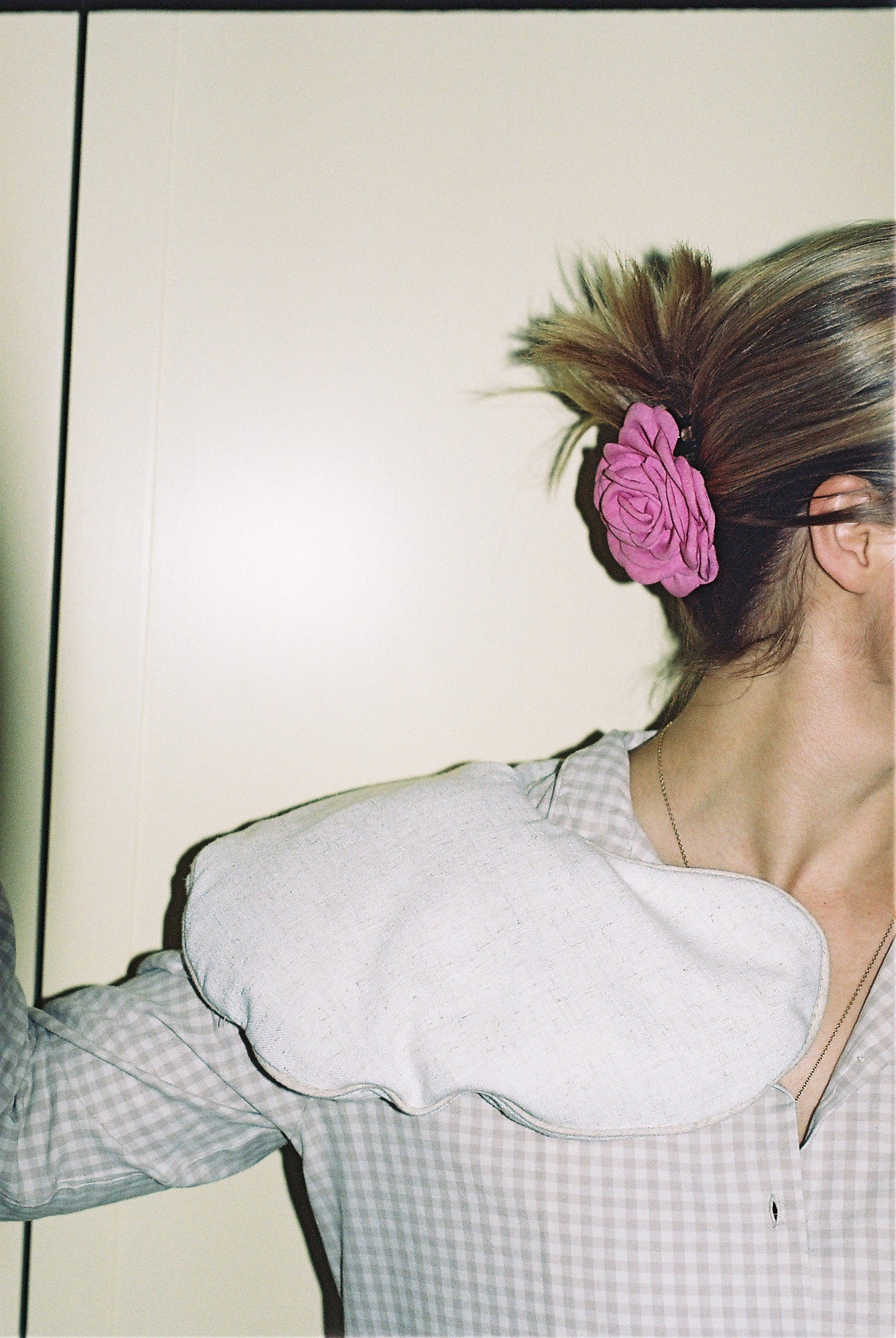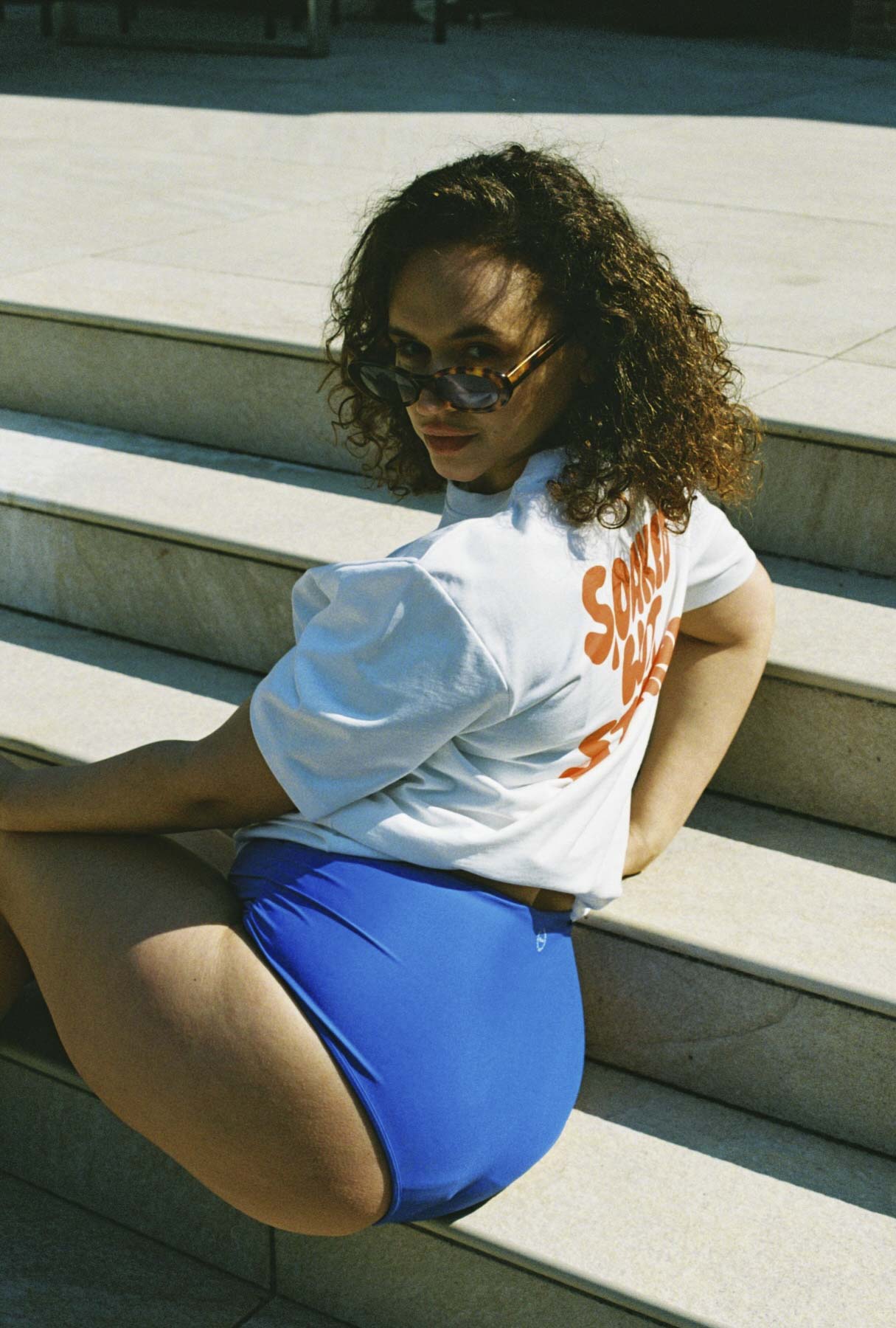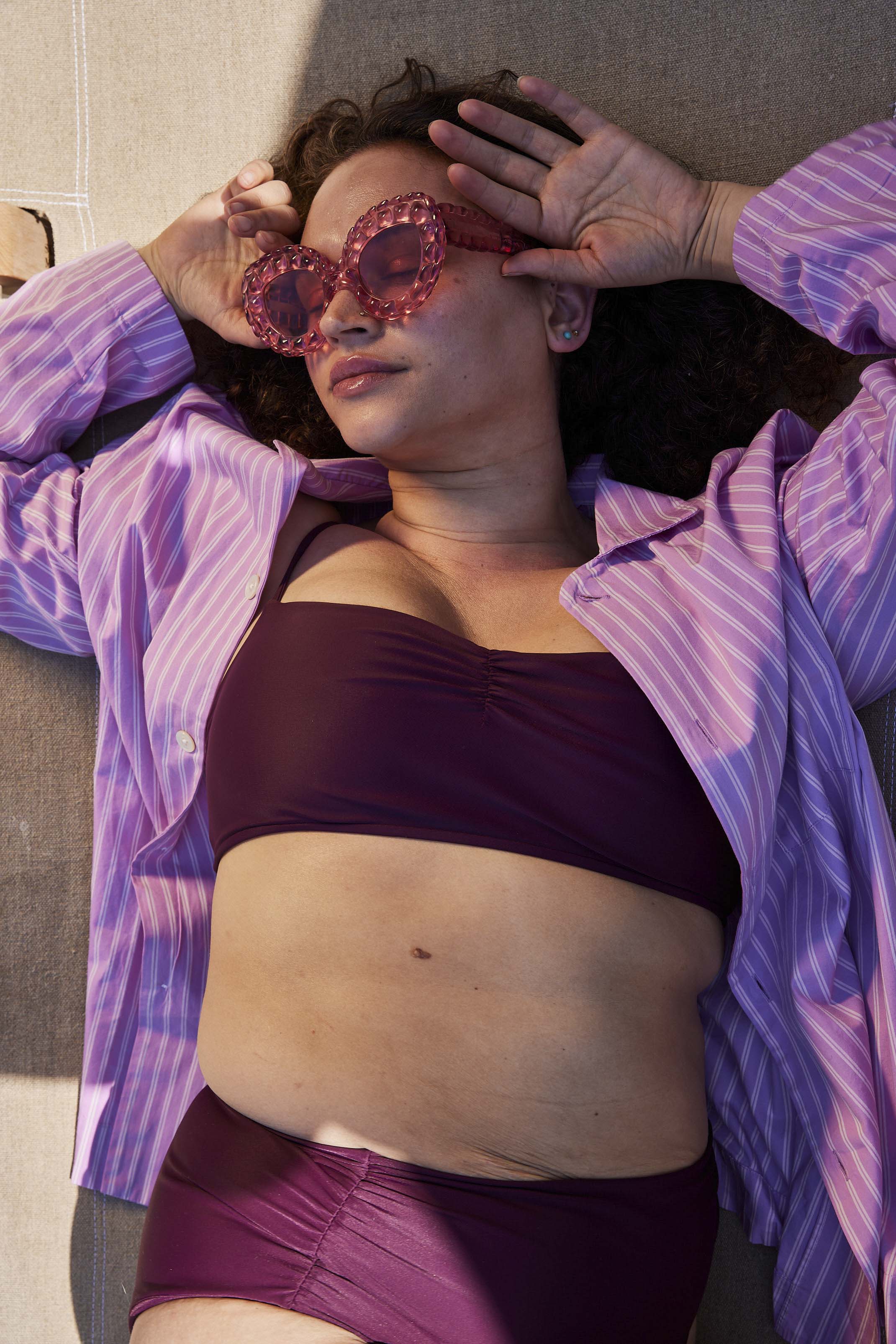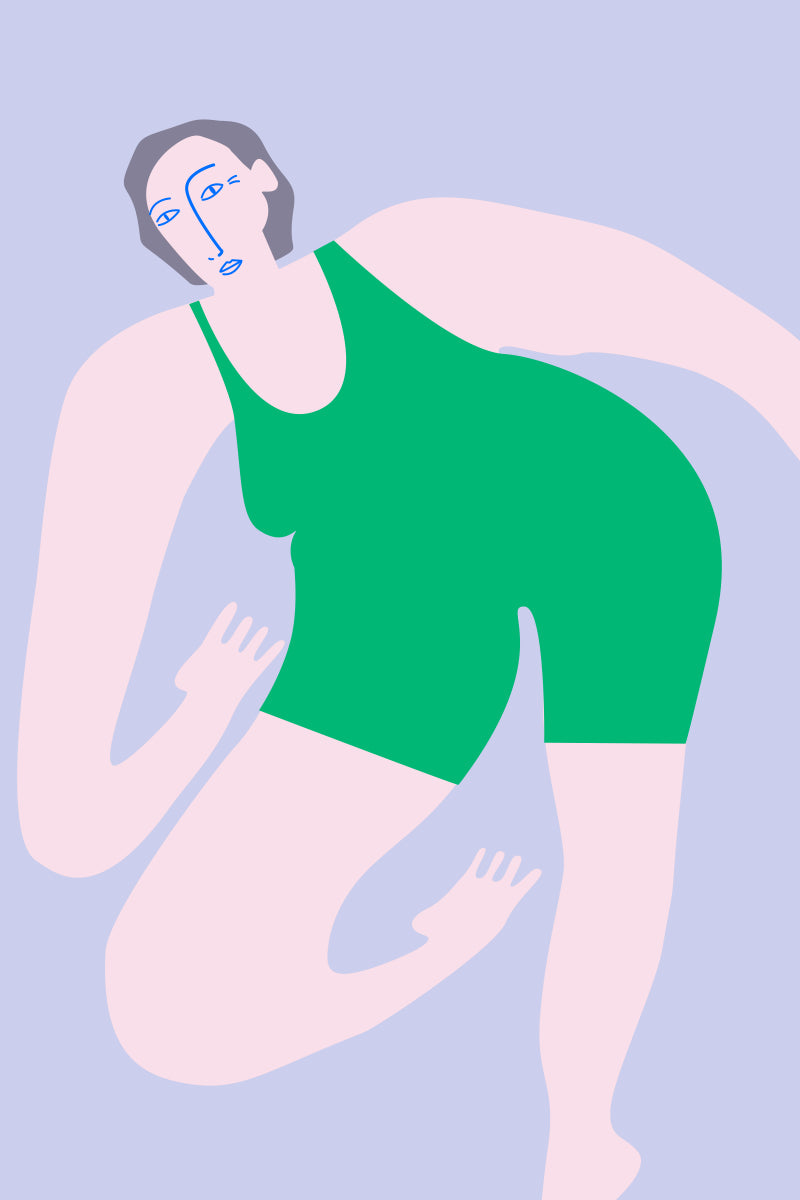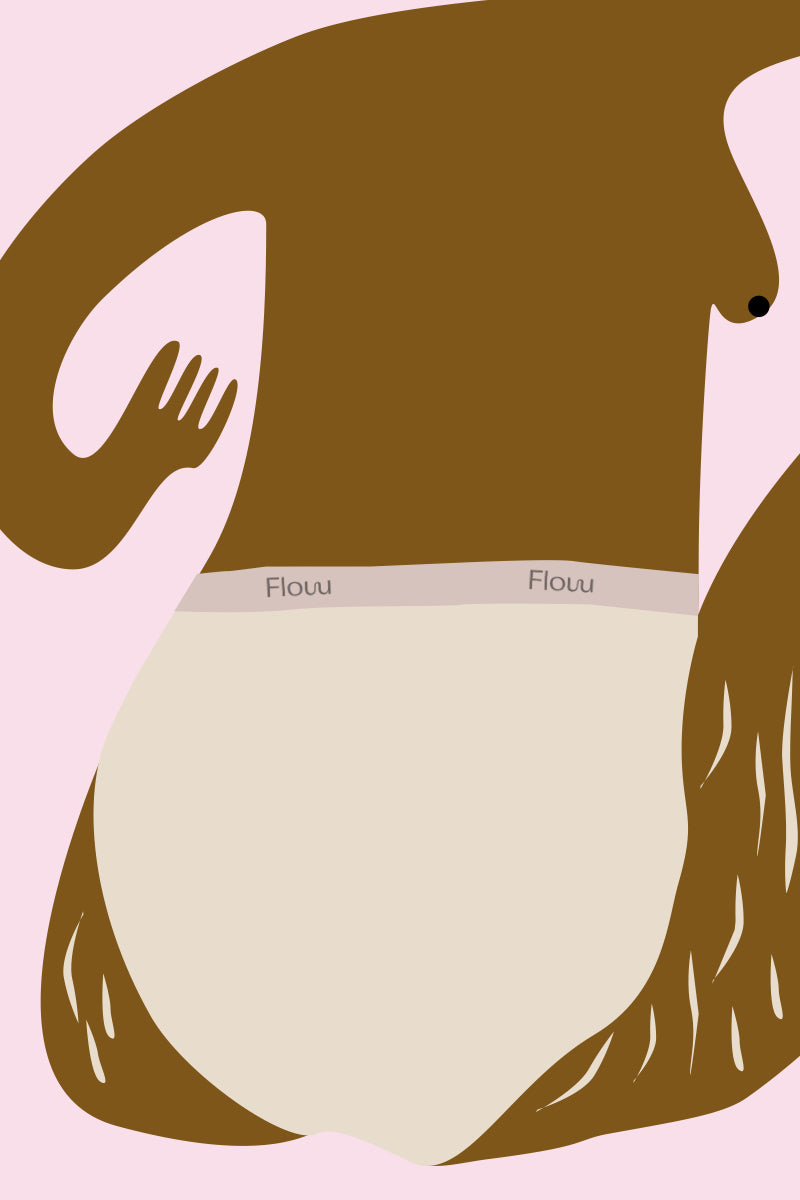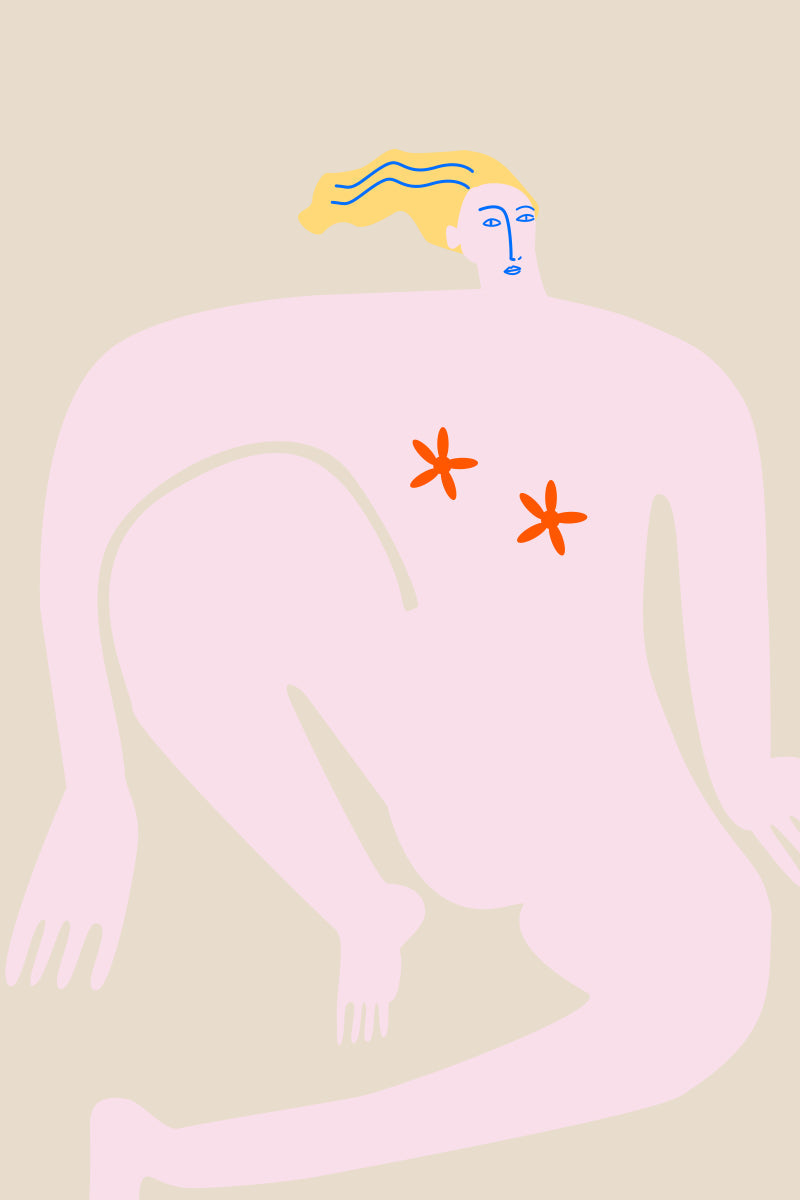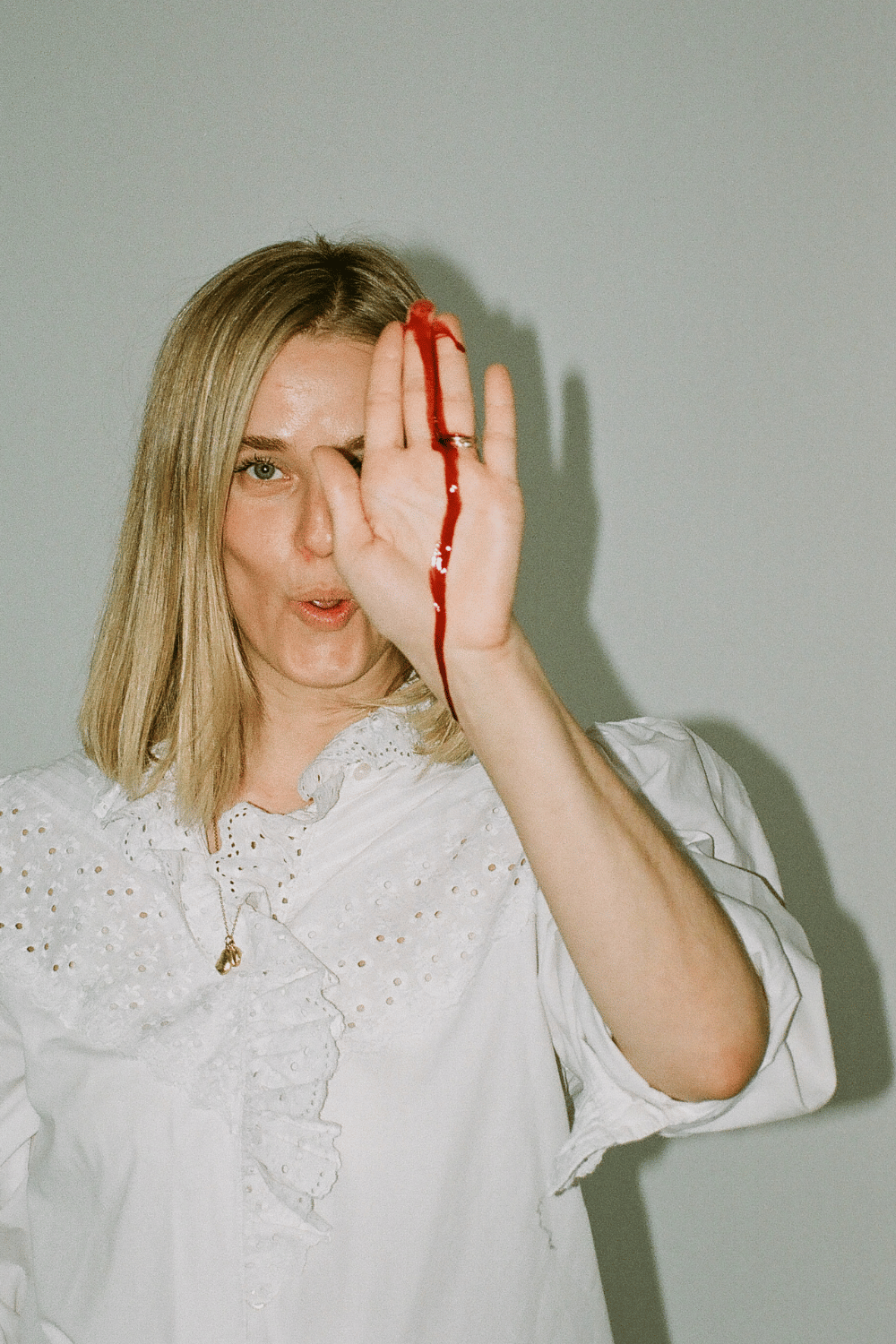Exercise and Menstruation: Getting the Most Out of Your Workout During Your Cycle

Author: Emma Libner
When I and the other girls in my class started menstruating in elementary school, we didn't talk to each other about it. There was no girl talk in the schoolyard, no sisterly exchange of experiences with the next one in line who came to school with a debuting uterus . Except in gym class.
Every Thursday, when there was double time in the gym, the girls in my class would suddenly organize themselves into a joint strike to avoid attending classes. We just had to tell the teachers that we were menstruating. And it worked every time.
To this day, I still meet menstruating women who avoid exercising when they're bleeding. Some because they simply can't. Others because they think it will do more harm than good if they pull on their sneakers and get their heart rate up when they're on their period.
In this article, we dissect the notion that physical activity during menstruation is a bad thing, and we give you concrete tips and tricks for training based on your menstrual cycle (spoiler alert: you don't have to cancel your gym membership!).
Rest diets and hysteria: The myth of women's physical exertion
It's no secret that exercise is healthy. It's one of those things that professionals across disciplines can easily agree on. However, it hasn't always been that way. In the 19th century, for example, it was believed that women who used up too much energy were more likely to become hysterical. The idea was that too much physical activity could irritate the ovaries, whose sole purpose was to reproduce. And if that happened, you could become ill in both body and mind.
In an attempt to treat hysteria - and thus avoid the irritated ovaries - so-called rest cures were therefore prescribed to those women who could afford them. During the six-week period that a rest cure typically lasted, the patient was not allowed to get out of bed under any circumstances - except to brush her teeth. Simply because it was feared that any exertion would further stress her weak (read: cyclical) body and make her even sicker.
Exercise during menstruation
Fortunately, doctors no longer prescribe strict rest regimens for women these days. Yet the myth persists that menstruating women should skip training as long as they are healthy.
Your period affects your energy levels - but you don't have to stop exercising
It's true that most of us - statistically speaking - are more likely to want to crawl deep under the covers with a heating pad instead of going to the gym on cycle day two. This is especially true in the world of sports.
In 2021, a study among elite female soccer players showed that over 87% of the women surveyed experienced reduced performance and increased fatigue during their period. While over 66% of the women in the study experienced their reaction time being challenged during bleeding days.
In other words, our menstrual cycle can affect our performance during the month, whether we want it to or not. However, this does not mean that people who menstruate cannot exercise well and achieve good results. Just think of Serena Williams, who has played for no less than 23 Grand Slam titles during her tennis career (while also suffering from menstrual-related migraines since she was 18!). This also means that you can easily train during your period - in fact, there are many good reasons to move, although it can be difficult to find the energy. Instead, it may be a good idea to adapt your training and menstruation to suit your cycle and your energy level. We will write more about this below.
Tracking your period: A growing trend in the world of sports
Today, more and more athletes - both professional and non-professional - are adapting their training to their menstrual cycle, with good results. In 2019, for example, it made headlines when the US women's national team won the World Cup in soccer. After the victory, it was revealed that the team's coaches had tracked each player's menstrual cycle prior to the tournament in order to optimize the team's overall performance.
Instead of treating all players the same, the American coaches had tailored their soccer training to take into account each player's cycle. In pursuit of World Cup gold, they chose to actively work with the women's cycle rather than against it. A decision that ultimately paid off - not least for the well-being of the players.
Since then, a growing number of athletes have adopted the tactic of cycle tracking in an attempt to optimize their performance on the field in sports such as football, tennis and swimming. And you can do the same. See for yourself how you can adapt your training to your period below.
Mini guide: How to adapt your training after your period
Below are some basic tips and tricks about exercising during your menstrual cycle, based on what we know from research. Before you read on, remember that no two bodies are the same, and that you can exercise throughout your cycle, however you see fit.
Phase 1: Menstrual Phase (Day 1-5) - training and menstruation
Your hormones are at their lowest, and your body is working hard to shed the lining of your uterus. Here, you can opt for gentler forms of exercise such as yoga, stretching exercises, or a leisurely walk ( don’t forget your period panties !). Although motivation to exercise may be low, exercise can actually help relieve cramps and discomfort caused by uterine contractions. At the same time, the endorphins released in the brain during physical activity can have a positive effect on your mood .
Phase 2: The follicular phase (Days 6-14)
As your period wanes, you may notice an increase in your energy levels as your estrogen levels start to rise. Now is the perfect time to focus on strength training or cardiovascular exercise like running or cycling. However, be aware of: Don't push yourself too hard here, as some studies suggest that your muscles are more likely to suffer damage in the first half of your cycle.
Phase 3: Ovulation Phase (Day 14-16)
As ovulation approaches, you may experience an extra boost in energy and motivation. You can use this energy to try more challenging workouts like HIIT (high-intensity interval training) or weightlifting. Again: Remember that all exercise has a beginning, so start gently and increase the pressure as your body gets stronger.
Phase 4: Luteal phase (Days 17-28)
Towards the end of your cycle, you may feel a little more lethargic and unmotivated. This is natural as the hormone progesterone takes over. If you experience an energy dip, you can focus on more calming exercises like Pilates, yoga or swimming to keep yourself active. All three activities can also help relieve stress and tension in your body, so you’re ready for your next period.
Training and menstruation: Pay attention and adapt your training to your body's needs
Our review here is far from exhaustive, and as I said, there is no one size fits all when it comes to exercising during your period. Therefore, our best advice for those of you who want to get the most out of your workout - regardless of where you are in your cycle - is to notice what feels good for you, and let that be the starting point for your workout. And then you should remember that it is in no way dangerous to exercise at any time in your cycle, and that exercise can have many benefits. It is simply about being aware of your cycle, noticing your body and remembering to do things that are good for you. Exercise plays a role here, and just a walk can be a miracle cure to lift your mood if you are experiencing PMS symptoms, for example.
Because if there's one thing athletes know, it's that YOU know your body best. Happy training!
Learn more about your period and cycle with Flow
At Flow, we find menstruation deeply fascinating. Our cycle has a huge impact on how we feel - physically and mentally. That's why we write articles like this about menstruation and exercise, where we delve into it, research it, and write it, so that we can make it possible for everyone to learn more about menstruation and its importance. Read more articles from Flow Journal here.


